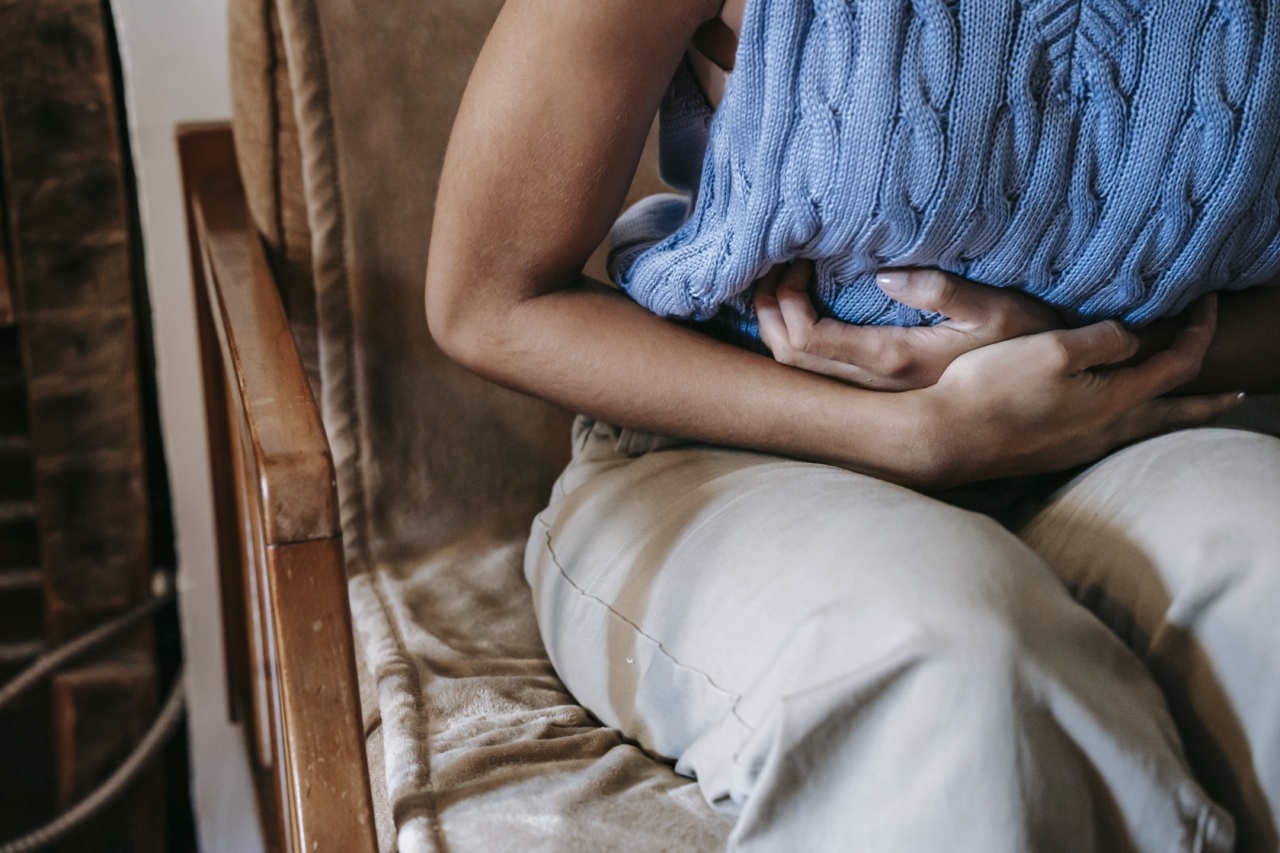Experiencing period-like cramps can be quite concerning, especially when there is no period to accompany them.
While menstrual cramps are a normal part of a woman’s menstrual cycle, there are several potential explanations for experiencing these cramps without the presence of a period. From hormonal imbalances to underlying medical conditions, it is important to discover the root cause of these cramps to ensure proper diagnosis and treatment.
In this article, we will explore some of the potential explanations for period-like cramps without an actual period.
1. Imbalanced hormones
Hormonal imbalances can affect the regularity of your menstrual cycle and lead to period-like cramps without an actual period. Fluctuations in estrogen and progesterone levels can cause the uterus to contract, resulting in cramps.
Conditions such as polycystic ovary syndrome (PCOS) and endometriosis can also disrupt hormone levels and cause similar symptoms.
2. Stress and anxiety
Stress and anxiety can have a significant impact on your menstrual cycle. Heightened stress levels can disrupt hormone production and lead to irregular periods or missed periods.
In some cases, this can manifest as period-like cramps without the actual flow. Managing stress through relaxation techniques, exercise, and seeking support can help regulate your cycle and alleviate these symptoms.
3. Ovulation pain
Ovulation pain, also known as mittelschmerz, occurs during the release of an egg from the ovary. Some women experience cramping on one side of the lower abdomen during this time.
Although it is usually a mild discomfort, it can occasionally be mistaken for period cramps, especially when the menstrual period does not follow as expected.
4. Uterine fibroids
Uterine fibroids are noncancerous growths that develop within the uterus. These growths can cause a variety of symptoms, including heavy menstrual bleeding, pelvic pain, and period-like cramps even when a period is not present.
It is essential to consult a healthcare professional for proper diagnosis and management if fibroids are suspected.
5. Pelvic inflammatory disease (PID)
Pelvic inflammatory disease is an infection of the female reproductive organs, typically caused by sexually transmitted infections such as chlamydia or gonorrhea.
In addition to irregular periods and abnormal vaginal discharge, PID can also cause pelvic pain, which may resemble period cramps. Seeking medical attention is crucial for proper diagnosis and treatment of PID.
6. Irritable bowel syndrome (IBS)
IBS is a gastrointestinal disorder that can cause abdominal pain, bloating, constipation, and diarrhea. Some women with IBS may experience cramping that closely resembles period cramps even if they do not have a period.
This overlap of symptoms between IBS and menstrual cramps can make it difficult to differentiate the two, but discussing your symptoms with a healthcare provider can help determine the underlying cause.
7. Adenomyosis
Adenomyosis is a condition where the tissue that normally lines the uterus starts to grow within the muscular wall of the uterus. This can cause heavy periods, abdominal pain, and period-like cramps without the appearance of the menstrual flow.
It is essential to consult a healthcare professional for proper diagnosis and appropriate management of adenomyosis.
8. Ectopic pregnancy
An ectopic pregnancy occurs when a fertilized egg implants outside of the uterus, usually in the fallopian tubes. This can cause severe abdominal pain and cramping, which might be mistaken for period-like cramps without an actual period.
Ectopic pregnancies are medical emergencies and require immediate attention from a healthcare provider.
9. Ovarian cysts
Ovarian cysts are fluid-filled sacs that develop on the ovaries. While many cysts are harmless and resolve on their own, they can occasionally cause pain and discomfort, similar to period cramps.
If the cyst grows large or shows signs of abnormalities, medical intervention may be necessary.
10. Polyps
Uterine or cervical polyps are growths that attach to the inner wall of the uterus or cervix. These polyps can cause irregular bleeding, pain, and cramping, even in the absence of a period.
A healthcare professional can evaluate the presence of polyps through an examination and recommend appropriate treatment options.
Conclusion
Experiencing period-like cramps without an actual period can be distressing, but it is essential to understand that there can be various explanations for this phenomenon.
From hormonal imbalances to underlying medical conditions, seeking proper medical evaluation is crucial in order to determine the cause of these cramps and implement appropriate treatment. Whether it is managing stress, addressing hormonal imbalances, or treating underlying conditions, a healthcare professional can guide you towards finding relief from these uncomfortable symptoms.





























